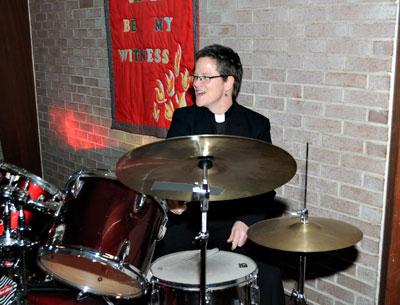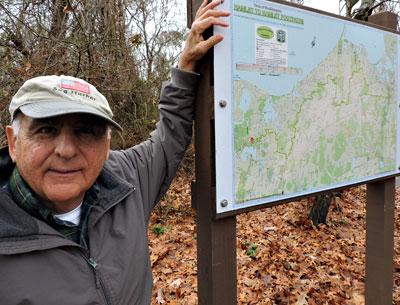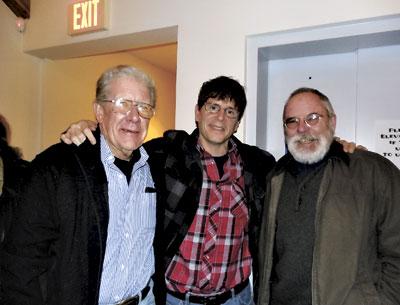Guilty Plea in Pollock Art Fraud Case
Guilty Plea in Pollock Art Fraud Case
John D. Re, 54, an East Hampton man accused by the F.B.I. earlier this year of selling forged Jackson Pollock paintings, pleaded guilty on Monday in federal court in Manhattan to one count of wire fraud. He could face up to 20 years in federal prison when he is sentenced by Judge P. Kevin Castel on April 10.According to the F.B.I., Mr. Re made his first sale of the allegedly fraudulent Pollock and Willem de Kooning paintings in 2005, claiming that the trove had come from the estate of an East Hampton antiques dealer and restorer, George Schulte.Mr. Re told buyers that he had come across the paintings in a basement after Mr. Schulte died in 1999. He said that he had been hired to clean out the space by Mr. Schulte's wife, Barbara.Mr. Re described the paintings to one buyer as "the greatest contemporary art find in history."During his court appearance on Monday, Mr. Re admitted that he had committed a crime when he falsely used the Schultes to support the paintings' provenance in an attempt via email to authenticate them for sale.In all, Meredith Savona, a special agent for the F.B.I. who deals in art fraud, said Mr. Re took in almost $1.9 million on sales of about $2.5 million conducted through personal contacts with individuals and with others that he had gotten to know on eBay."Re said he would take the weight for anything he did that was wrong, but that he did not think he had done anything wrong," Ms. Savona wrote in a statement that produced Mr. Re's original arrest warrant.Mr. Re has also been charged by the State of New York with one count of failing to pay income taxes. In that matter, he is being represented by Brian Francese, an lawyer from the Legal Aid Society.Mr. Re was convicted two decades ago on a charge relating to a scheme for printing and distributing counterfeit $20 bills in 1995 and served two years in state prison.





